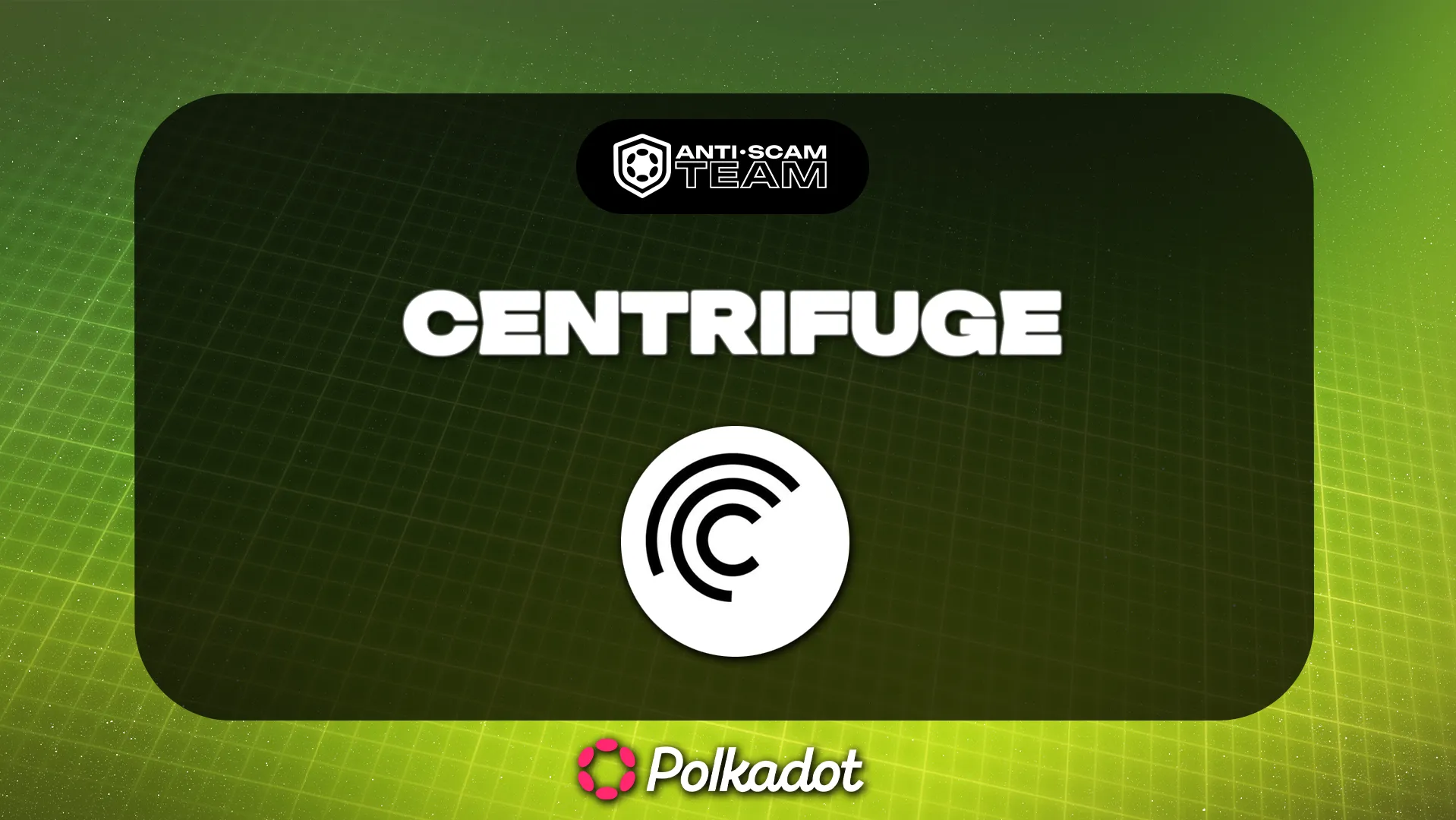Centrifuge emerges as a pivotal player, leveraging blockchain technology to bridge traditional finance with the dynamic capabilities of DeFi. Built on the Polkadot Network, Centrifuge specializes in tokenizing real-world assets (RWAs), such as invoices and mortgages, unlocking liquidity for businesses and creating new investment opportunities for asset holders.
Centrifuge Core Offerings and Ecosystem
Centrifuge’s flagship product, Tinlake, allows businesses to tokenize their assets as non-fungible tokens (NFTs) and use them as collateral to access loans. This seamless integration of RWAs into the blockchain ecosystem enables investors to earn yields on tangible assets, presenting a transformative opportunity to blend traditional finance with decentralized models.
Key aspects of Centrifuge’s ecosystem include:
- Custom Blockchain Infrastructure: Centrifuge operates its own blockchain, the Centrifuge Chain, optimized for low-cost, scalable, and efficient transactions involving RWAs.
- Cross-Chain Integration: Built on Polkadot, Centrifuge benefits from interoperability, enabling connections with leading DeFi platforms such as MakerDAO and Aave to enhance liquidity and utility.
- Decentralized Governance: The protocol empowers its community through CFG tokens, aligning stakeholders’ incentives and fostering a participatory ecosystem.
Technological and Security Framework
Centrifuge’s emphasis on transparency and security is evident in its open-source development approach. With over 140 repositories on GitHub, the project maintains an active developer community, employing programming languages such as Solidity, TypeScript, and Rust. The protocol has undergone rigorous security audits conducted by firms like Trail of Bits, Least Authority, and Consensys Diligence, ensuring robust protection against potential vulnerabilities.
Business Model: Transforming Financing Through Blockchain
Centrifuge’s business model stands out for its ability to democratize access to financing. By bypassing traditional intermediaries, the platform reduces costs and broadens opportunities for smaller businesses to access capital. Its asset-agnostic framework supports a variety of classes, including:
- Real estate
- Structured credit
- Carbon credits
These features provide investors with a diversified portfolio of legally-backed, transparent assets, redefining the approach to financial inclusivity.
Strategically, partnerships with established entities such as Circle, Celo, and BlockTower reinforce the protocol’s credibility. These alliances not only expand liquidity but also integrate Centrifuge into a wider blockchain ecosystem.
Community and Social Engagement
Centrifuge actively nurtures its community across platforms like Discord, Telegram, and X (formerly Twitter). Its Discord server, with 16,000 members, offers real-time interaction facilitated by human moderators and AI bots. The project’s focus on maintaining high-quality engagement reflects its commitment to building trust and addressing user needs.
Challenges and Areas for Improvement
While Centrifuge exhibits numerous strengths, a few areas warrant attention:
- Transparency in Partnerships: Clearer validation of strategic partnerships could enhance trust, particularly among cautious investors.
- Enhanced Community Interaction: Expanding direct communication options, especially on Telegram, could bolster user support.
- Team Profile Depth: More comprehensive professional details on team members may instill greater confidence in potential stakeholders.
Conclusion
Centrifuge stands as a groundbreaking DeFi protocol with a mission to integrate real-world assets into blockchain ecosystems. Its innovative approach to tokenizing RWAs and fostering cross-chain liquidity positions it as a leader in the RWA sector. While challenges remain, such as transparency in partnerships and enhanced community engagement, the project’s strong technical foundation, active development, and robust business model suggest a promising trajectory.
For investors and blockchain enthusiasts, Centrifuge offers a compelling case for the transformative potential of merging traditional finance with decentralized solutions. As the ecosystem evolves, its role in shaping the future of financial services will likely become even more pronounced.




